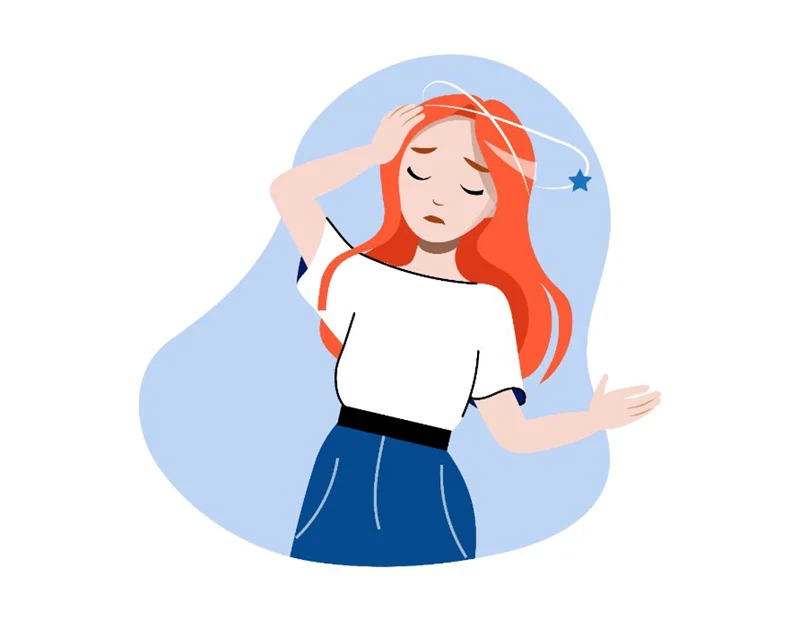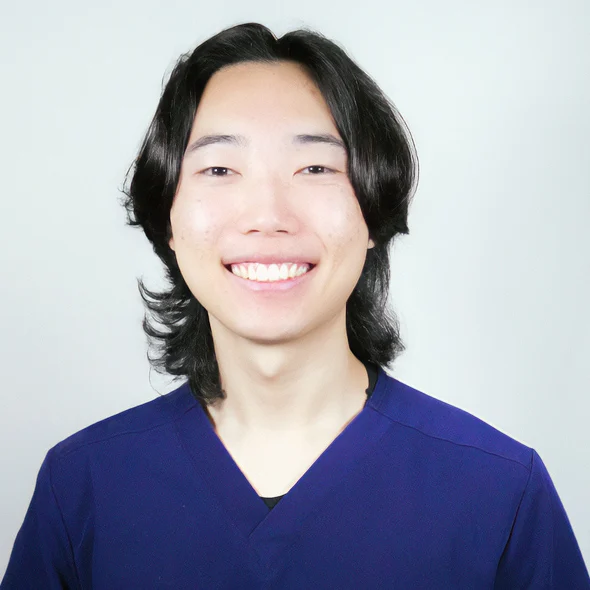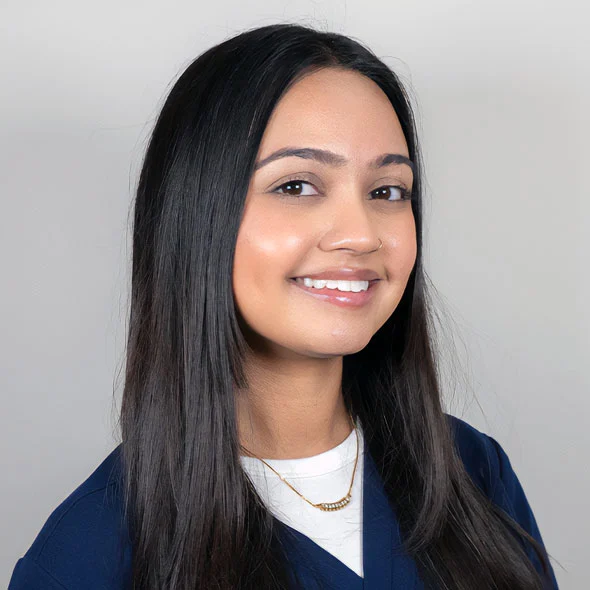Headaches are a common ailment that most of us have experienced at some point in our lives. However, not all headaches are the same. There are various types of headaches, each with its own unique characteristics, causes, and treatments. In this blog post, we’ll dive into the world of headaches, exploring the most common types and shedding light on what sets them apart.
Tension Headaches
Tension headaches are the most prevalent type of headache. They are often described as a dull, persistent pain that feels like a tight band around the head. Stress, poor posture, and muscle tension in the neck and shoulders are common triggers for tension headaches. They typically don’t involve other headache symptoms like nausea or sensitivity to light and sound. Managing tension headaches involves stress reduction techniques, good posture practices, and over-the-counter pain relievers.
Migraines
Migraines are intense and often throbbing headaches that can last for hours or even days. They are usually one-sided and can be accompanied by nausea, vomiting, sensitivity to light and sound, and visual disturbances (auras). Migraines can be triggered by various factors, including hormonal changes, certain foods, weather changes, and stress. Managing migraines may involve medications specifically designed for migraine relief, lifestyle changes, and identifying and avoiding triggers.
Cluster Headaches
Cluster headaches are excruciatingly painful and occur in clusters, hence the name. They often strike suddenly and are characterized by severe pain on one side of the head, usually around the eye. Additional symptoms can include red or watery eyes, nasal congestion, and restlessness. Cluster headaches tend to be cyclical, with periods of frequent attacks followed by periods of remission. Oxygen therapy, triptan medications, and lifestyle adjustments may help manage cluster headaches.
Sinus Headaches
Sinus headaches are often mistaken for migraines due to similar symptoms, but they have distinct causes. These headaches result from inflammation or infection in the sinus cavities. Symptoms may include pain in the forehead, cheeks, and bridge of the nose, along with nasal congestion and discharge. Treating sinus headaches involves addressing the underlying sinus issue through antibiotics, decongestants, and warm compresses.
Hormone Headaches
Hormone headaches are closely linked to hormonal fluctuations, particularly in women. They often occur during menstrual cycles, pregnancy, and menopause. These headaches are usually migrainous in nature and can be triggered by changes in estrogen levels. Managing hormone headaches may involve hormone therapy, lifestyle adjustments, and pain relief medications.
Rebound Headaches
Rebound headaches, also known as medication-overuse headaches, occur when over-the-counter pain relievers or prescription medications are used too frequently. Paradoxically, the very medications meant to relieve headaches can lead to more frequent and severe headaches. Breaking the cycle involves gradually reducing medication use under medical guidance.
Understanding the various types of headaches is crucial in managing and finding relief from the pain they bring. While many headaches can be managed through lifestyle adjustments, over-the-counter medications, and stress reduction techniques, some cases may require medical intervention. If you find yourself experiencing severe or chronic headaches, it’s important to consult a healthcare professional to accurately diagnose the type of headache and develop an appropriate treatment plan. Remember that everyone is unique, so finding the right approach for managing your headaches might involve some trial and error in collaboration with your healthcare team.







